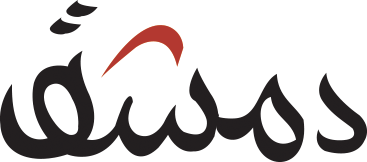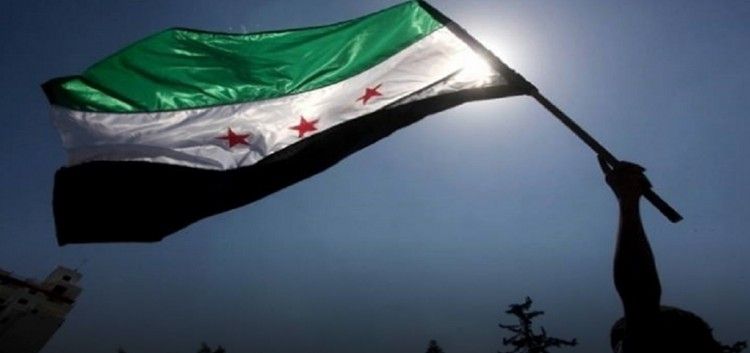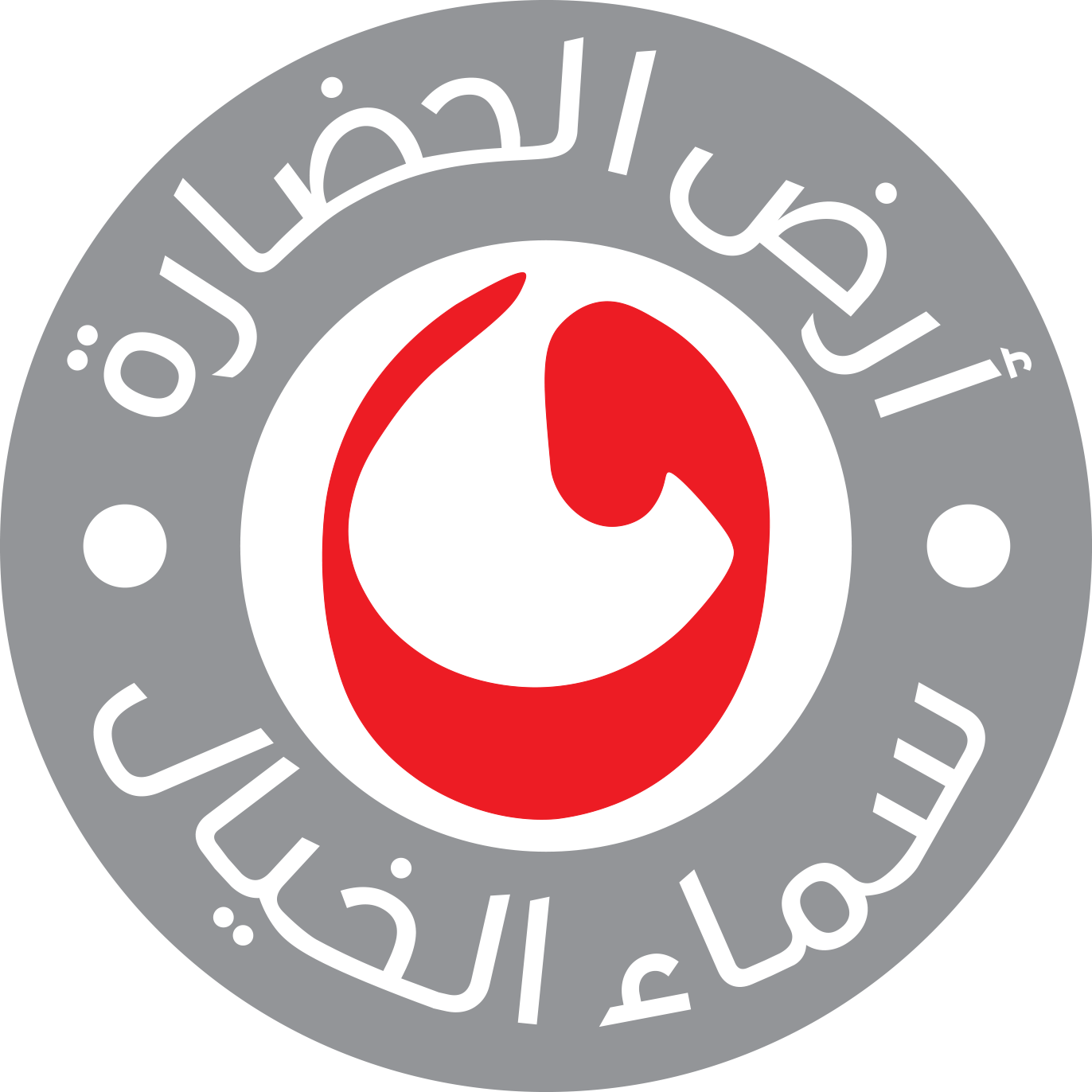Damascus – Issue 4-5 – Nabil Suleiman
The editorial of Tishreen newspaper (the Syrian state newspaper) on June 19, 2011, carried this title: “The Mandate Flag.” The writer, who was the editor-in-chief at the time—Ziad Ghassan—referred to the Syrian flag known as the independence flag, which was adopted in Syria after the French colonial withdrawal in 1946 until the establishment of the Syrian-Egyptian union in the state of the United Arab Republic in 1958. After the collapse of this union, the independence flag returned in 1961 but remained only until the coup that brought the Arab Socialist Ba’ath Party to power in 1963.
The editorial begins by stating that it was noticeable and surprising that some protesters were waving a flag that was around eight decades old. The writer then proceeds to denounce this flag by saying: “A flag created during the French occupation, symbolizing a period when Syria was divided into five states under the mandate, and later became a symbol of the phase that solidified the separation of the union between Syria and Egypt.”
It is well-known that the period of French division of Syria into five states dates back approximately nine decades, meaning it predates the appearance of the flag that the editorial unjustly criticizes along with the protesters. On September 1, 1920, the colonizers established the State of the Alawites, followed fifteen days later by the State of Aleppo, and within two months, they delineated the boundaries of the State of Damascus. They also established the State of Jabal al-Druze on March 4, 1921. On June 28, 1922, the State of the Syrian Union was created from the States of Aleppo and Damascus. France then decided that this state would become the Syrian state as of January 1, 1925, and that the Sanjak of Alexandretta would be detached from Aleppo and placed under the control of the president of the Syrian state.
Each of these French-made states had its own flag. As for the Syrian flag, which the Tishreen editorial misleadingly calls “the mandate flag,” it was never a symbol of the partition phase, but quite the opposite. To clarify this requires a longer explanation, starting with the fact that Syria may have had the highest number of flag changes in the world. The first flag raised in Damascus, replacing the Ottoman flag on September 27, 1918, was the flag of the Arab government during the reign of Emir Faisal, known as the flag of the Great Arab Revolt and the Arab flag. Emir Said al-Jazairi raised this flag over the town hall in Damascus before Emir Faisal entered the city. After that, came:
The flag of the Syrian Kingdom, which was the Arab flag with the addition of a seven-pointed star in its triangle. It was raised on March 8, 1920, when the Syrian Kingdom was declared. Ironically, the coup that brought the Ba’ath Party to power in Syria also took place on March 8, but in 1963.
The personal flag of King Faisal, which was the same as the Syrian Kingdom’s flag but with the seven-pointed star replaced by a royal crown. This flag was raised over King Faisal’s palace on Al-Afif Avenue, where the French embassy in Damascus now stands.
The flag of the forces that fought in the Battle of Maysalun, also known as the flag of Yusuf al-Azma. It was the Syrian Kingdom’s flag, but with inscriptions added on both sides, as seen in the attached images.
The flag of the French colonial forces, which was the Arab flag but with a small French flag placed at its top. It was raised on August 4, 1920.
The flag of the State of Damascus, raised on October 24, 1920, which was blue with a white circle in the center, and a small French flag in the upper left corner.
The flag of the State of Aleppo, raised in September 1920.
The flag of the Syrian Union State, raised on January 1, 1925, after the unification of the States of Aleppo and Damascus. A small French flag was placed in the upper left corner, similar to the flag of the State of Aleppo.
The Syrian flag, which was the flag of the Syrian Republic during the French mandate. It was raised on June 12, 1932. This is the same flag that was raised in Syria after the French colonial withdrawal on April 17, 1946. It was also the flag of the Syrian Arab Republic after its separation from Egypt on September 28, 1961.
The flag of the United Arab Republic, which was raised in both Egypt and Syria on April 1, 1958.
The flag of the tripartite union between Egypt, Syria, and Iraq, raised on May 1, 1963, in Syria and Iraq, but not in Egypt.
The flag of the Federation of Arab Republics between Egypt, Syria, and Libya, raised on January 1, 1972. It was the previous flag but with the stars replaced by an eagle. This flag was stipulated in the Syrian Constitution of 1973 in Article 6 of Chapter 1, stating, “The state’s flag, emblem, and anthem are the flag, emblem, and anthem of the Federation of Arab Republics.”
The current flag, which was the flag of the United Arab Republic. It was raised after the amendment of Article 6 of the 1973 Constitution on March 29, 1980.
Unfortunately, the history of the Syrian flag since 1918 suffers from ignorance and deliberate obfuscation, leading to confusion and forgetfulness. All of this is due to the policy of consolidating the status quo, practiced by the ruling Ba’ath Party in Syria since 1963. At the heart of this policy is the erasure or distortion of everything that does not serve the present and future of the regime.
In a statement issued in the spring of 2011, a group of independent Syrian opposition figures emphasized the need to adhere to the current Syrian Arab Republic flag and reject any other flag, even if it were our first independence flag. The statement read, “There is no benefit from an artificial return to the past. Let us unite around our flag, a symbol of our unity with Egypt, of which we are all proud.” Among the signatories to the statement inside Syria were Muhammad Jamal Barout, Nihad Sirees, Gregoire Morsho, and the author of these lines.
As for the claim of “the mandate flag,” the flag that the Syrian popular uprising frequently raises is the current Syrian flag. There is no offense whatsoever to this national flag, as the editorial of Tishreen insists. But the offense is what that editorial has committed against the independence flag—the flag of liberation, the flag of the leaders and martyrs of the Syrian national struggle against French colonialism.
At the celebration of the French colonial evacuation in Daraa on Wednesday, April 17, 1946, the Mufti of Horan spoke, pointing out that “this flag of ours, which is the symbol of our dignity, I beseech you by God to protect it and to die under its shadow.” In the same celebration, the Bishop of Horan and Mount Druze for the Roman Catholics addressed the flag, saying, “You are the dear homeland; we look up to you, and glory and pride are attributed to you… flutter, O flag, with tenderness and affection over the graves of the fighters and martyrs, and extend your glorious shadow over them. Your glory today is nothing but the fruit of their efforts and blood.” While the bishop saw the homeland in the flag, in the evacuation celebration in Izra’ (near Daraa), the principal of Al-Madariyah School in southern Lajat, Abdullah al-Masri al-Idlibi, saw in the independence and evacuation flag the flag of Yarmouk, the flag of Dhi Qar, and the flag of national unity, addressing it: “O happy flag: If Christians have a limited holiday, and Jews a special one, and Muslims a promised one, you are the holiday for all, fluttering over their heads as long as the earth revolves and the sky covers. O flag, flying with pride, you are a symbol of the homeland, flying high with victory despite the challenges. May you remain a symbol of unity as long as time endures, shaking us with glory, and lifting up the nation.”
Finally, the voice of Mujahid Sheikh Saleh al-Ali echoes across 66 years from today back to the evacuation in 1946, addressing us as his eyes gaze upon the flag of liberation and independence, saying: “Greet with me this beloved flag, and hail the name of beloved Syria.”
Note: I wrote this article on June 2, 2011, and later sent it to my friend Muhammad Ali Farhat (Al-Hayat newspaper in Beirut) for publication. However, the assault—unexpected and sudden—on my home and car on the night of July 1, 2011, made me withdraw the article. Later, a much greater assault occurred, not against me this time but against more than half a century of Syrian history when the current official flag was burned during a demonstration! Thus, a mouthpiece of the regime denigrates one flag, and an extremist—not a protester, as I would refrain from calling him—just as misguided as the regime’s mouthpiece burns another. Meanwhile, time passes bloodstained, peacefulness fades, militarization takes over, and politics, like war, becomes chameleonic. Amidst all of this









